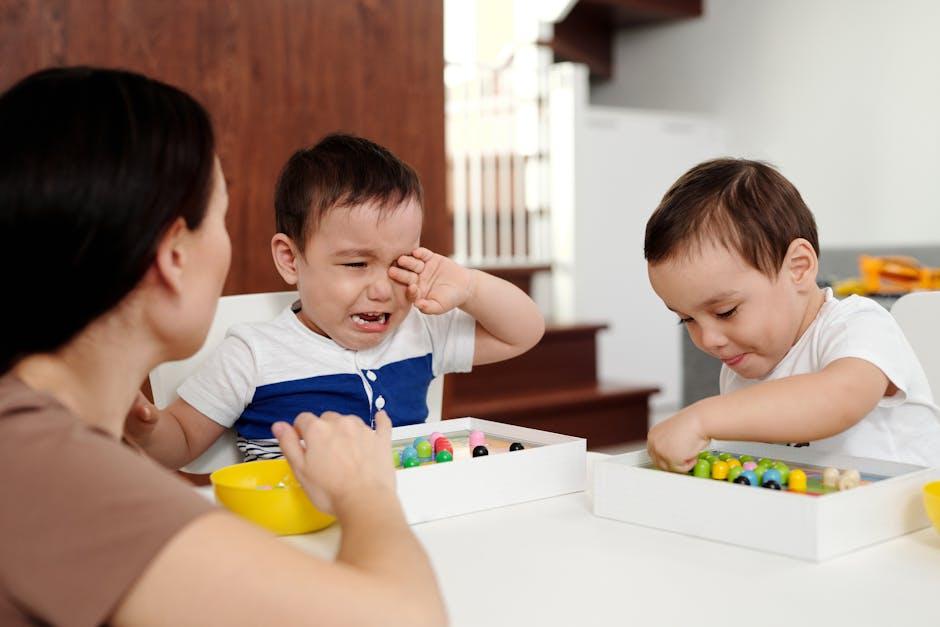
Predictors of Mothers’ Preventive Behaviors for Children’s Dental Trauma: A Cross-Sectional Study Using the Health Belief Model
Dental trauma among children is a common yet often preventable issue that can cause lasting physical and psychological effects. Mothers, as primary caregivers, play a crucial role in adopting and encouraging preventive measures. This article delves into the significant predictors influencing mothers’ preventive behaviors against children’s dental trauma based on a newly published cross-sectional study using the Health Belief Model (HBM), highlighted by Nature’s recent research coverage.
Understanding Dental Trauma and Its Impact on Children
Dental trauma refers to injuries to the teeth, gums, or surrounding oral structures caused by accidents such as falls, sports injuries, or collisions. These injuries can range from chipped or fractured teeth to avulsed (knocked-out) incisors, and if not managed timely, they may lead to complications like tooth loss, infection, or misaligned teeth.
- Incidence: Approximately 20-30% of children worldwide experience dental trauma during childhood.
- Impact: Beyond the physical pain, dental trauma can affect a child’s confidence and overall well-being.
- Prevention: Preventive actions taken by parents, specifically mothers, are critical in minimizing risks.
What is the Health Belief Model (HBM)?
The Health Belief Model is a psychological framework used to explain and predict health behaviors by focusing on individual beliefs about health conditions. It is widely applied to understand preventive health behaviors, including those related to oral health.
Key Constructs of the Health Belief Model
| HBM Construct | Description | Example in Dental Trauma Prevention |
|---|---|---|
| Perceived Susceptibility | Belief about the chance of getting a condition | Mother’s belief about her child’s risk of dental injury |
| Perceived Severity | Belief about the seriousness of a condition and its consequences | Understanding the lasting impact of untreated dental trauma |
| Perceived Benefits | Belief in the efficacy of the advised action to reduce risk | Confidence that preventive behaviors can protect children’s teeth |
| Perceived Barriers | Belief about the obstacles to perform preventive behaviors | Concerns about time, cost, or inconvenience of dental care routines |
| Cues to Action | Factors that activate readiness to act | Advice from dentists or reminders about dental safety |
| Self-Efficacy | Confidence in one’s ability to take action | Mother’s confidence in managing her child’s oral health |
Key Predictors of Mothers’ Preventive Behaviors Identified in the Study
The study published in Nature applied a cross-sectional survey design targeting mothers of children aged 3-12 years, investigating how the HBM constructs correlate with preventive dental trauma behaviors. The findings revealed several significant predictors:
1. Perceived Susceptibility and Severity
Mothers who recognized a higher likelihood of their child experiencing dental trauma, coupled with understanding its serious consequences, were significantly more proactive in adopting preventive behaviors.
2. Perceived Benefits Outweighing Barriers
Belief in the effectiveness of preventive measures (e.g., using mouthguards, avoiding risky play without supervision) strongly predicted positive behavior. Conversely, mothers facing perceived barriers such as lack of time, resources, or knowledge showed reduced preventive action.
3. Self-Efficacy
Confidence in one’s ability to control and protect children’s dental health was a powerful motivator for engaging consistently in preventive care.
4. Cues to Action
External triggers like dentists advising on preventive approaches or educational campaigns prompted mothers to act timely and decisively.
Practical Benefits of Understanding These Predictors
By recognizing what influences mothers’ preventive behaviors, healthcare providers and policymakers can tailor interventions that effectively increase dental trauma prevention in children. Effective communication targeting perceived susceptibility, reducing barriers, and boosting self-efficacy can foster healthier behaviors and reduce dental injuries at the population level.
- Improved Oral Health: Better preventive practices reduce the incidence and severity of dental trauma.
- Cost-Effective Care: Preventing trauma lowers expensive emergency dental treatments.
- Enhanced Awareness: Education campaigns grounded in HBM constructs improve parental engagement.
Practical Tips for Mothers to Prevent Children’s Dental Trauma
Implementing evidence-based preventive behaviors can safeguard children’s dental health. Here are actionable tips supported by the study and dental experts:
- Use Mouthguards: Encourage children to wear mouthguards during sports and physical activities.
- Supervise Play: Monitor young children’s playground activities to avoid risky behavior that leads to falls or collisions.
- Childproof the Home: Remove hard or sharp edges in common play areas and keep floors dry to prevent slips.
- Promote Safe Habits: Teach children not to chew hard objects like ice or pens, which can weaken teeth.
- Schedule Regular Dental Visits: Early dental care visits help in guidance and timely intervention.
- Educate About Emergency Steps: Learn how to react immediately if dental trauma occurs (e.g., preserving an avulsed tooth).
Case Study: A Mother’s Success Story
Sarah, a mother of two, reported initially feeling uncertain about how to protect her children from dental trauma. After attending a community dental health workshop based on the Health Belief Model framework, Sarah’s awareness of the risks and benefits increased. She started using mouthguards for her kids during sports and established a home environment that minimized hazards. Over six months, Sarah observed fewer injuries and felt confident managing her children’s oral health — a testament to the power of informed preventive action.
Conclusion
Preventing children’s dental trauma demands targeted action from caregivers, especially mothers who are pivotal in children’s health behaviors. This cross-sectional study using the Health Belief Model provides invaluable insights by identifying key predictors such as perceived susceptibility, benefits, barriers, self-efficacy, and cues to action that govern mothers’ preventive behaviors. By addressing these factors through education and support, dental professionals can empower mothers to foster safer environments and healthier smiles for their children.
Takeaway: Encouraging awareness, reducing barriers, and boosting confidence in mothers can dramatically reduce the prevalence of childhood dental trauma. Prevention starts at home—with informed, engaged parents.


